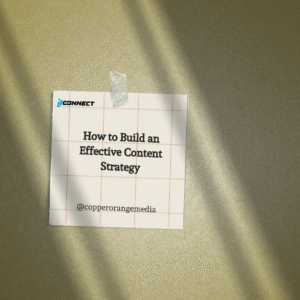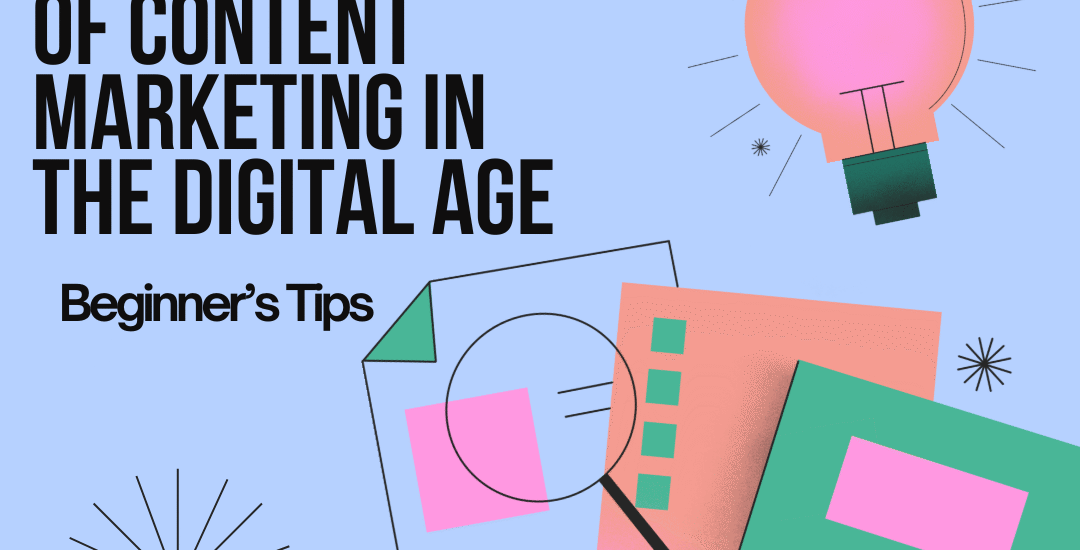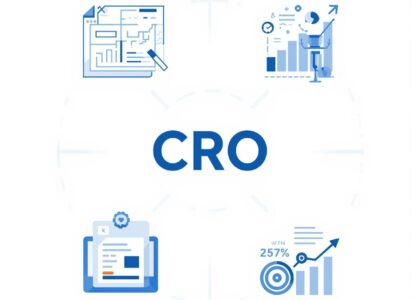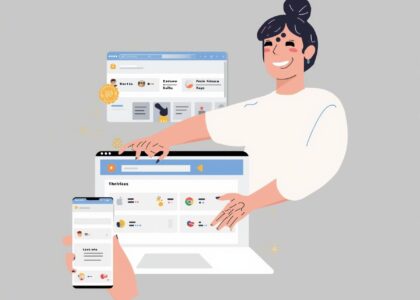Introduction
In today’s digital world, content is everywhere. People read blog posts, watch videos, listen to podcasts, and scroll through social media daily. If you’re running a business in the USA—especially in places like Texas—understanding content marketing is not just helpful, it’s essential.
Whether you’re a small business owner in Brookshire, Texas, a freelancer, or someone trying to grow an online presence, content marketing can help you attract, engage, and retain customers. In this guide, you’ll learn what content marketing is, why it matters in 2025, and how you can use it effectively—even with a small team or budget.
What is Content Marketing?
Content marketing means creating and sharing valuable content to attract and connect with your target audience. The content could be anything—blog posts, YouTube videos, infographics, emails, or social media posts.
The key idea is to help people, not just sell to them. Instead of pushing ads, content marketing pulls people in by offering something useful or interesting.
For example, if you sell fitness products, you might create content about workout tips, healthy recipes, or how to stay motivated. This builds trust and keeps your brand in people’s minds.
Why Content Marketing Matters in the USA Today
1. Everyone Is Online
In the USA, most people spend hours every day on their phones or computers. If your business—whether in a big city or a smaller town like Brookshire, TX—isn’t showing up online with helpful content, you’re missing out.
Content marketing helps you:
- Show up in Google search results
- Stay active on social media
- Build email lists
- Earn trust from new customers
2. Ads Alone Are Not Enough
Online ads can work, but they’re expensive and people often ignore them. Content marketing gives you long-term value. A good blog post or YouTube video can keep attracting new customers for months or even years.
3. It Builds Trust and Loyalty
When people find your content helpful, they start trusting your brand. That trust turns into loyalty. People are more likely to buy from a brand they already know and respect.
Types of Content You Can Create
You don’t have to do everything at once. Start with one or two content types you can manage. Here are some great options:
1. Blog Posts
If you have a website, start a blog. Share tips, how-to guides, or updates related to your industry. For example, if you’re a local service provider in Texas, write about common problems your audience faces and how to solve them.
2. Videos
People love watching videos. You can create:
- Product tutorials
- Behind-the-scenes clips
- Client testimonials
- Explainer videos
YouTube, Instagram Reels, and TikTok are all powerful platforms in the USA.
3. Social Media Posts
Share short, catchy, and helpful content on platforms like Instagram, LinkedIn, Twitter, and Facebook. If you’re a small brand in Brookshire, local content can connect better with your audience.
4. Email Newsletters
Build an email list and send regular updates. Share useful tips, product news, or blog summaries. Email marketing still delivers strong ROI in the USA.
5. Infographics
Infographics are perfect for explaining complex ideas quickly. You can use free tools like Canva to create them.
How to Build an Effective Content Strategy

1. Know Your Audience
Who are you creating content for? A fitness brand in Texas might target busy moms. A local café in Brookshire may aim at high school students or working professionals nearby.
2. Set Clear Goals
Do you want more website traffic, email subscribers, or sales? Your goal helps decide what type of content to create.
3. Create a Content Calendar
Planning ahead saves time. Use a simple calendar to decide what you’ll post each week.
4. Focus on Quality Over Quantity
You don’t need to post daily. One high-quality blog post or video per week is enough to start.
5. Track Your Results
Use tools like Google Analytics and social media insights to see what works. Then adjust your strategy.
Real Examples from Across the USA
Example 1: A Local Bakery in Brookshire, Texas
A bakery in Brookshire started sharing cake-decorating videos on Instagram. Within months, they gained 10,000 followers and doubled their custom cake orders—without spending on ads.
Example 2: A Freelance Designer in Florida
A freelance graphic designer wrote weekly blog posts about design tips. Now they get 60% of their clients through organic Google searches.
Final Thoughts
Content marketing is not about being perfect or posting every day. It’s about showing up consistently, helping your audience, and sharing your brand’s voice.
You don’t need a big team or big money to make it work. Start small. Be real. Focus on adding value. Over time, your content will build trust, attract customers, and grow your business naturally.
In the digital age, content isn’t optional—it’s a smart, long-term investment, especially for growing businesses across the USA and communities like Brookshire, Texas.
FAQs About Content Marketing in the USA
What is the best type of content for small businesses in the USA?
Blog posts, videos, and social media content are great places to start. Pick what fits your audience and what you can do consistently.
Is content marketing expensive?
It doesn’t have to be. Many tools are free or affordable. You can start with just a blog and some social media posts.
How long does content marketing take to show results?
Usually 3–6 months. Content marketing is a long-term strategy, but the results are worth it.
Do I need a website for content marketing?
It helps a lot, especially for SEO. But you can start on social media or YouTube and build your website later.
Can I do content marketing alone?
Yes! Many business owners in the USA manage their content themselves. Just be consistent and keep learning.




